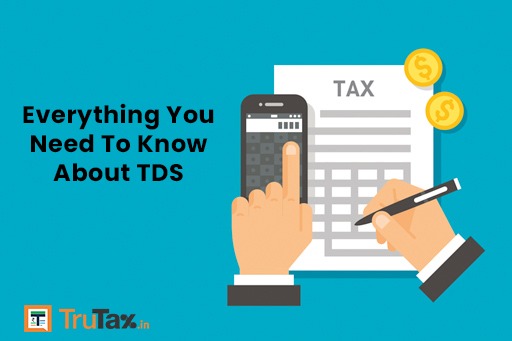
What is TDS?
TDS stands for ‘Tax Deducted at Source’. TDS is actually a part of Income Tax. It was introduced to collect tax at the source from where is actually an individual’s income is being generated.
TDS is being used by the government as a simple tool to collect tax for minimal tax evasion by taking the income at the time of it being generated.
It is applicable on various incomes like salaries, interest received, the commission received and others. TDS is not applicable in all incomes and persons for all transactions.
Who Deducts TDS?
Any person who makes payments that are mentioned under the Income Tax are required to deduct TDS at the time of making payments.
But there will be no deduction of TDS if the person who makes the payment is an individual or HUF whose books are not required to be audited.
TDS is deducted by your employer at the income tax slab rates applicable. For claiming the deductions if you submit investment proofs to your employer and the total taxable income of yours is below the taxable limit, then you don’t have to pay any tax. And no TDS on your account should be deducted.
If the proofs are unable to be submitted to your employer or if the bank has already deducted TDS and your total income is below the taxable limit then you can file a return and claim a refund of the TDS that has been deducted.
How To Avoid TDS?
If a person expects about his total income being in a financial year will be below the exemption limit, then they can ask the payer to not deduct TDS by submitting form 15G/15H.
How To Deposit TDS?
The tax that has been deducted at source has to be deposited using Challan ITNS-281 on the government portal.
